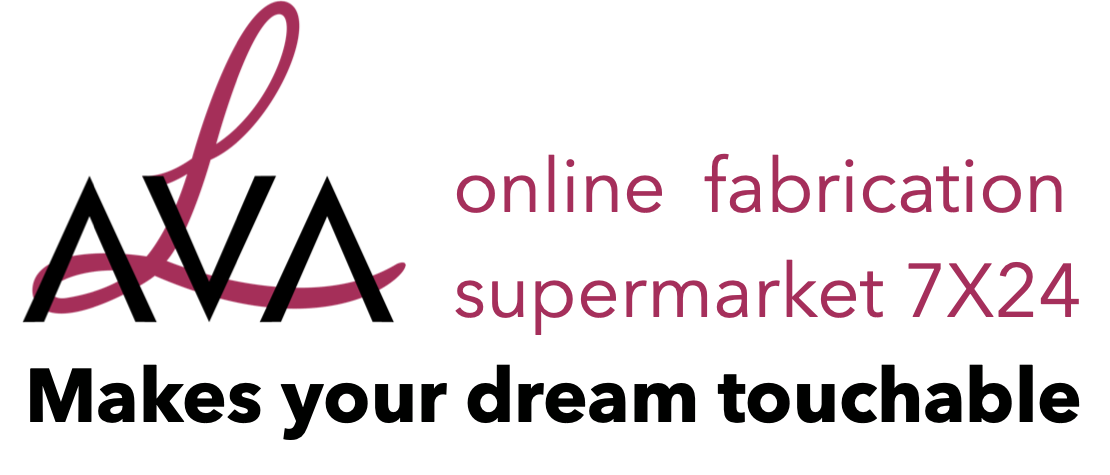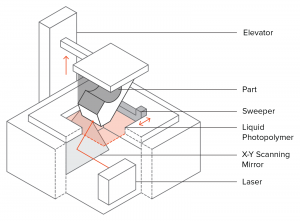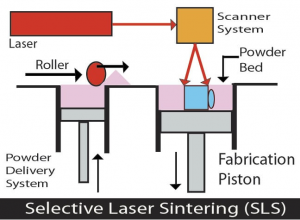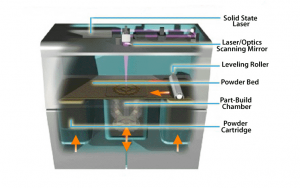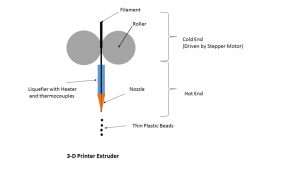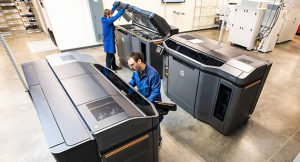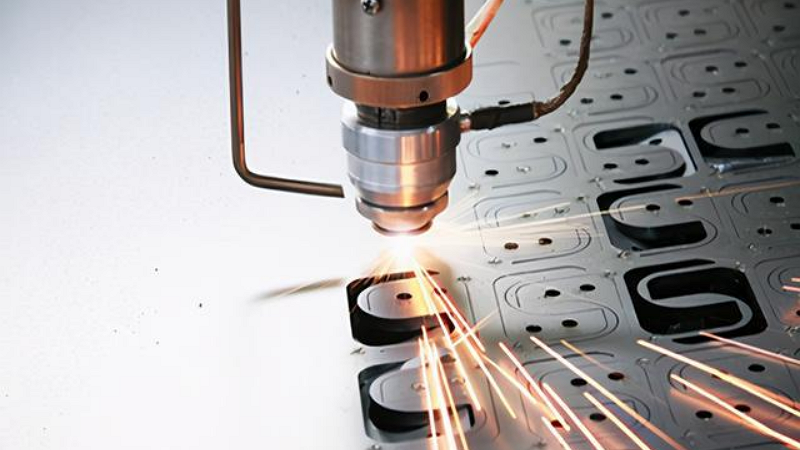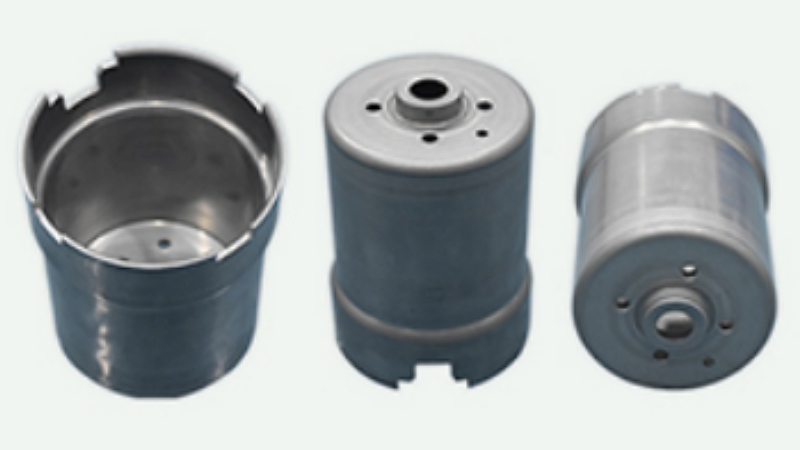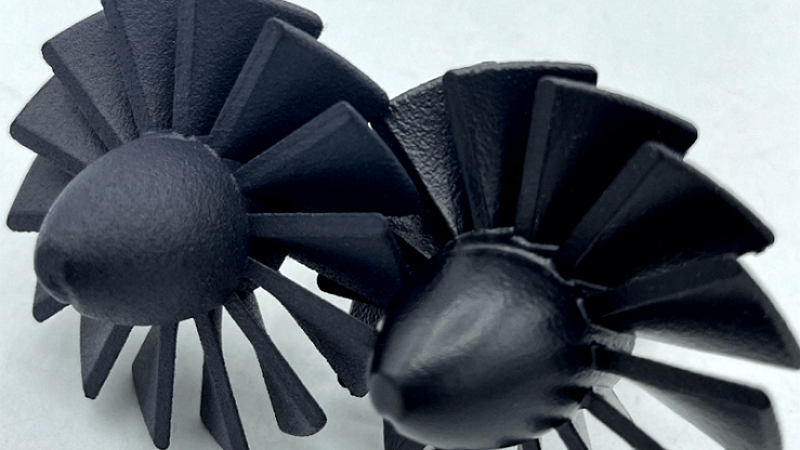3D Printing Technology
3D printing technology is becoming more and more mature, and its applications are becoming more and more extensive. However, there are still many people who do not understand 3d printing technology. So what is 3d printing technology?
What is 3d printing technology
Ordinary printers used in daily life can print flat objects designed by computers. The so-called 3D printers work on the same principle as ordinary printers, except that the printing materials are somewhat different. The printing materials of ordinary printers are ink and paper, while 3D printers contain different “printing materials” such as metals, ceramics, plastics, and sand, which are real raw materials. After the printer is connected to the computer, the “printing materials” can be superimposed layer by layer through computer control, and finally the blueprint on the computer can be turned into a real object. In layman’s terms, a 3D printer is a device that can “print” real 3D objects, such as printing a robot, printing a toy car, printing various models, and even food. The reason why it is commonly called “printer” is to refer to the technical principles of ordinary printers, because the process of layered processing is very similar to inkjet printing. This printing technology is called 3D stereo printing technology.
Types of 3d printing technology
There are many different technologies for 3D printing. Their difference lies in the way of available materials and the construction of different layers to create parts.
3D Printing Technology and material Table
| Cumulative Technology | Basic Material |
| Fused Deposition Modeling (FDM) | Thermoplastics, eutectic system metals, edible materials |
| Electronic Beam Freeform Fabrication (EBF) | Almost any alloy |
| Direct Metal Laser Sintering (DMLS) | Almost any alloy |
| Electron Beam Melting (EBM) | Titanium alloy |
| Selective Laser Melting (SLM) | Titanium alloy, cobalt chromium alloy, stainless steel, aluminum |
| Selective Heat Sintering (SHS) | Thermoplastic powder |
| Selective Laser Sintering (SLS) | Thermoplastic, metal powder, ceramic powder |
| Polypropylene (PP) | plaster |
| Laminated Object Manufacturing (LOM) | Paper, metal film, plastic film |
| Stereolithography (SLA) | Light hardening resin |
| Digital Light Processing (DLP) | Light hardening resin |
At present, the commonly used 3D printing technologies include Multi Jet Fusion(MJF), Selected Laser Sintering(SLS), Stereolithography(SLA), Fused Deposition Modeling (FDM), and Direct metal laser sintering (DMLS).
SLA
Stereolithography (SLA or SL) is a form of 3D printing technology.
SLS
Selective laser sintering (SLS) is an additive manufacturing (AM) technique.
DMLS
Direct metal laser sintering (DMLS) is an additive manufacturing technique.
FDM
Fused Deposition Modeling (FDM), or Fused Filament Fabrication (FFF), is an additive manufacturing process that belongs to the material extrusion family.
MJF
Multi Jet Fusion is an industrial 3D printing process that produces functional nylon prototypes and end-use production parts in as fast as 1 day.
3D printing technology commonly used in Lava
According to our statistics, the 3D printing technology used by 85% of our customers is stereolithography (SLA) or multi jet fusion (MJF).
The following shows the 3D printed objects of customers in our company:
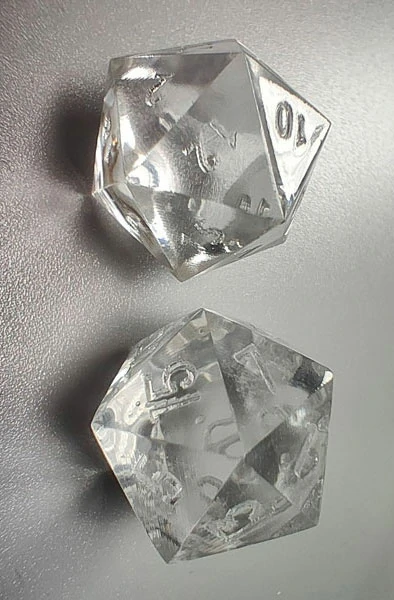
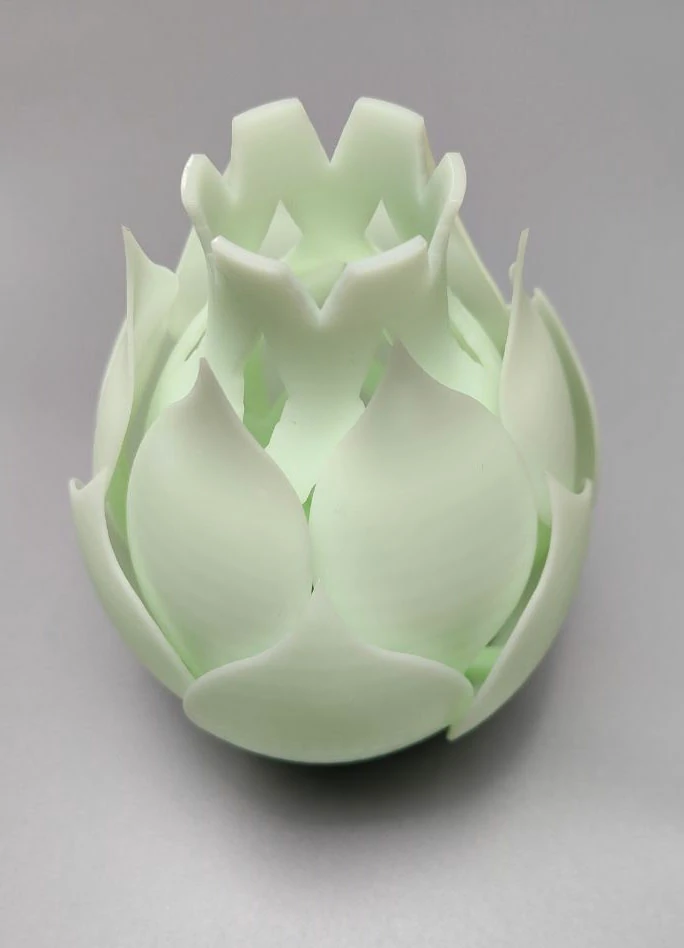
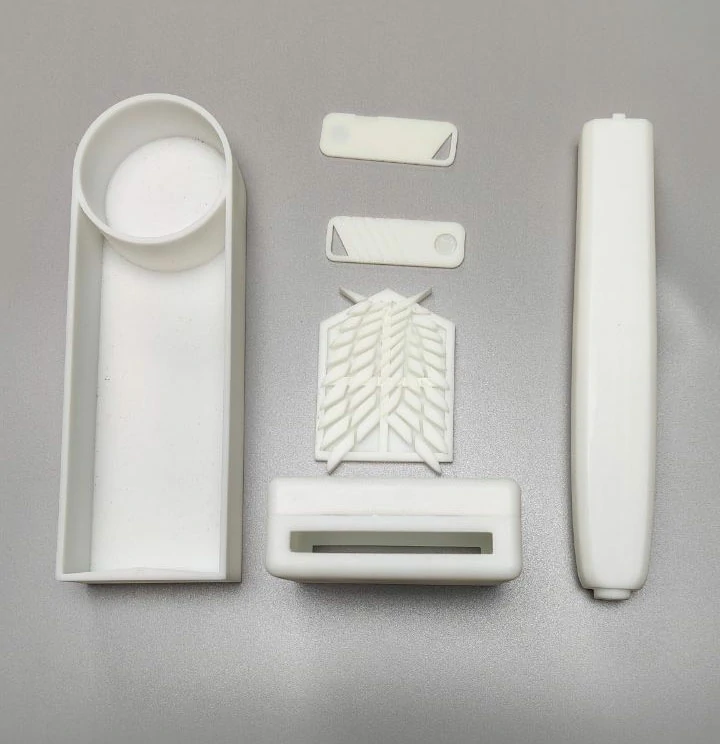
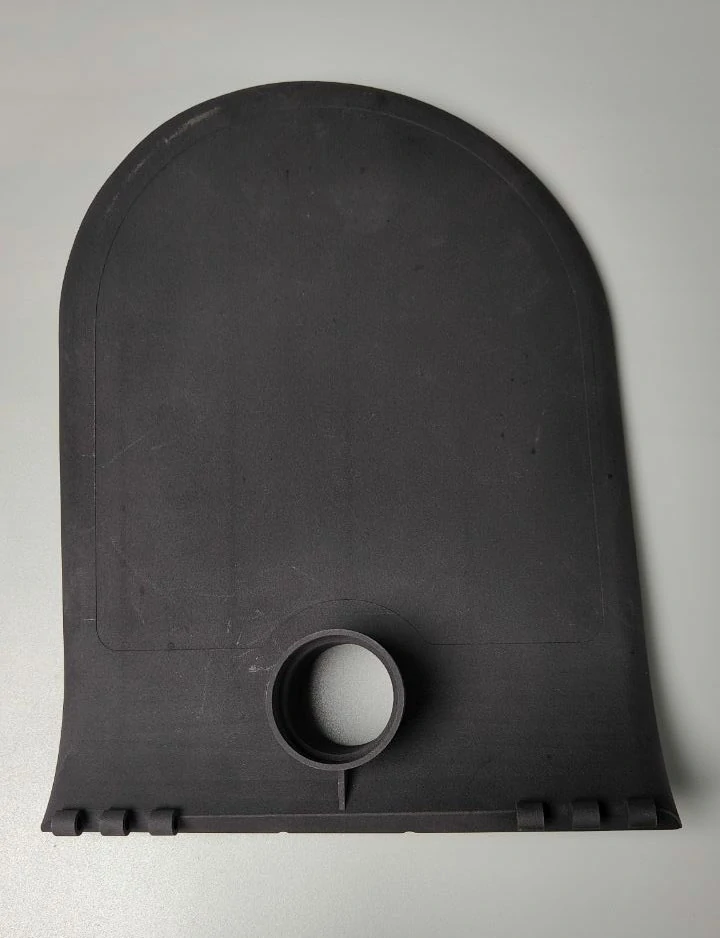
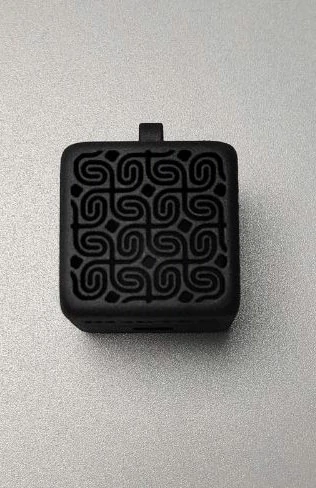
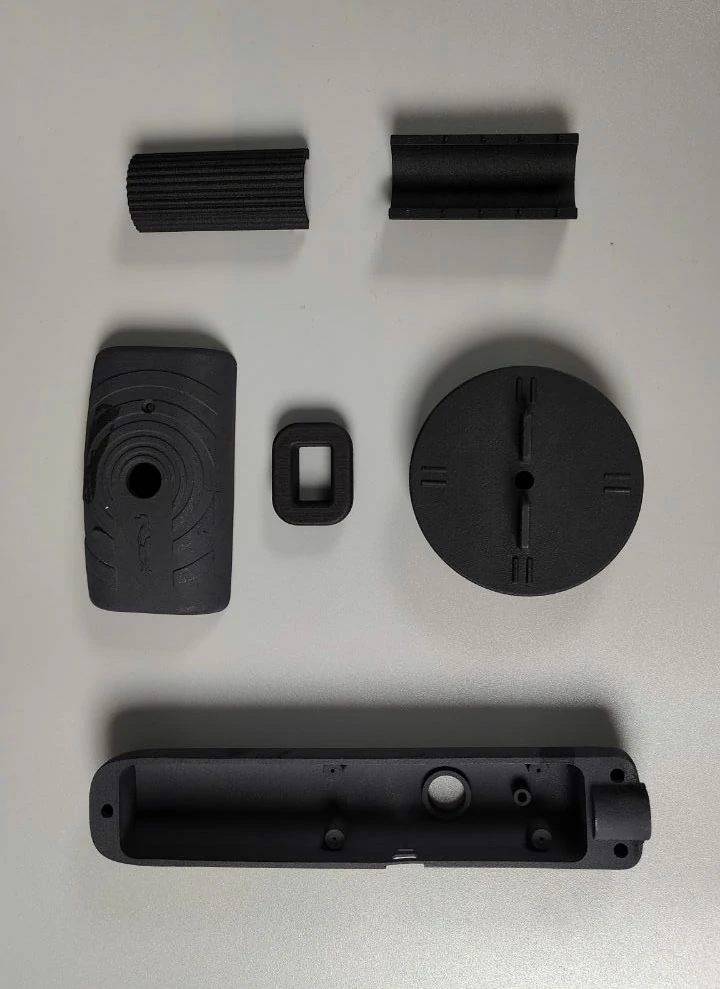
3D Printing Soft Material Parts
With the development of 3D printing technology, new materials and technologies continue to appear. More…
Laser Cutting Introduction
This is a high precision CNC process that can be used to cut, etch, engrave…
Deep Drawing Introduction
In this cold metal forming process, the part is made by a punch that forces…
Chemical vapor polishing of 3D printed parts
SLS(Selective Laser Sintering) 3D printed parts have rough surface and grainy feeling, and cannot obtain…
Why is the material the core of 3D printing technology?
According to the principles of 3D printing technology, we can say that 3D printing technology…
Application of 3D printing technology in the film and television industry
The application of 3D printing in film and television is developing very rapidly. Why? Because…
